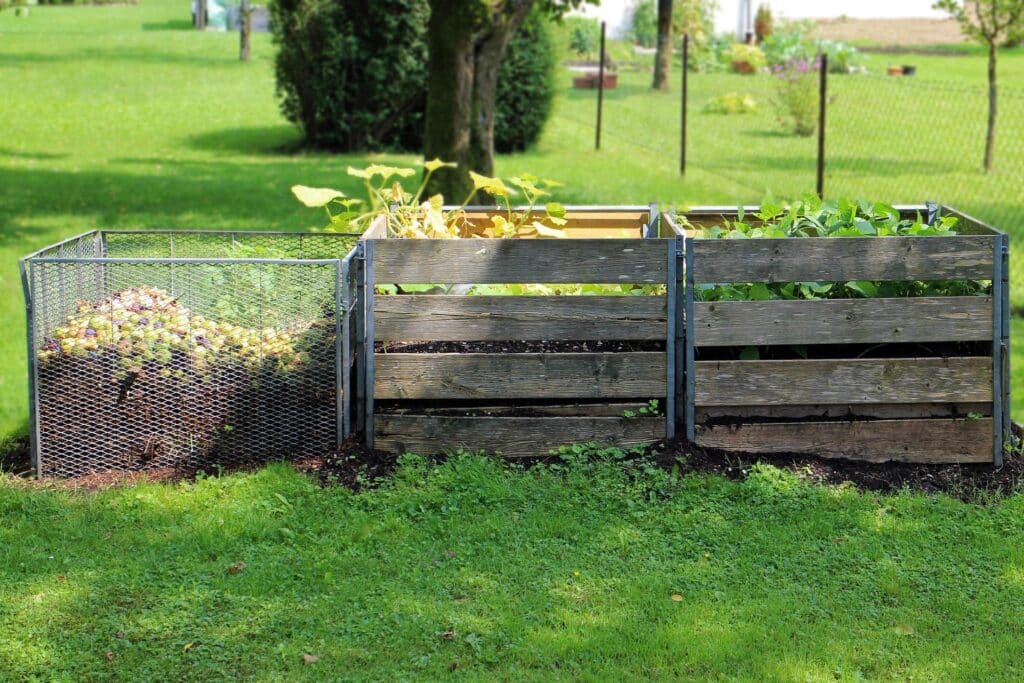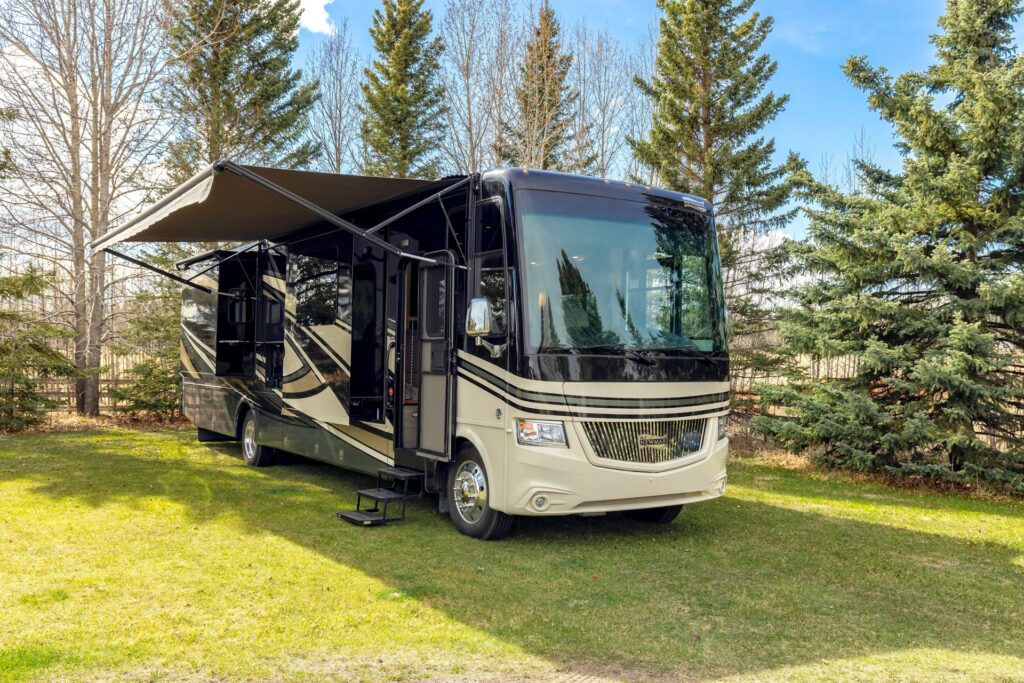Millipedes aren’t indoor creatures by nature. These segmented visitors typically live outdoors in soil, hidden under leaf litter or mulch, where they quietly break down organic matter. However, when weather conditions change dramatically—becoming too wet, too dry, or suddenly cooler—they often seek shelter indoors. If you’ve discovered one curled up near your baseboards or slowly crawling across your bathroom floor, you’re experiencing a common household phenomenon that affects many homeowners, especially during seasonal transitions.
This guide will help you understand what millipedes are, how to identify them correctly, why they suddenly appear inside your home, and the practical steps you can take to keep them outdoors where they belong.
What Are Millipedes?
Millipedes are slow-moving arthropods with distinctive long, segmented bodies that feature two pairs of legs on most segments. This double-leg arrangement creates their characteristic rippling, wave-like movement pattern as they crawl across surfaces. Despite their name (which suggests “thousand legs”), they typically have far fewer—though still impressive numbers ranging from 30 to 400 legs depending on the species and age.
Most common household millipedes display dark brown or black coloration, sometimes with subtle stripes or lighter undersides. Adults typically measure between 1 and 1.5 inches long, though certain species can grow considerably larger.
Unlike many household pests, millipedes don’t bite, sting, or cause property damage. They don’t chew through wiring, damage stored food, or reproduce indoors. Their natural diet consists exclusively of decomposing plant material like damp leaves, mulch, and rotting wood. In outdoor environments, they serve as beneficial decomposers, helping recycle nutrients back into the soil. When found inside your home, they’re simply displaced creatures looking for suitable moisture and shelter.
How to Identify Millipedes
Millipedes are frequently confused with centipedes, but once you know the key differences, distinguishing between them becomes surprisingly simple. This identification matters because their behaviors and potential concerns differ significantly.
Centipedes have flattened bodies and move with impressive speed, equipped with just one pair of legs per body segment. These fast-moving predators actively hunt insects and can deliver painful bites if handled. Millipedes present the opposite profile—rounded bodies that move slowly and deliberately, never hunting other creatures.
When identifying millipedes versus centipedes in your home, look for these distinctive characteristics:
- A long, cylindrical body that stays close to the ground
- Two pairs of legs per body segment, all moving in a coordinated rippling wave
- Slow, methodical movement without sudden darting or quick turns
- A defensive curling behavior when touched or disturbed
- Hard, somewhat shiny exoskeleton that provides protection
Their unique leg movement creates a distinctive rippling pattern along their sides. You might even hear a faint tapping sound as they travel across hard surfaces like tile or wood flooring. If you find one already curled up and dry near an air vent, it’s likely deceased—millipedes require constant moisture and quickly dehydrate in the dry conditions typical of heated or air-conditioned homes.
Millipedes Prefer the Outdoors
Millipedes have evolved specifically to thrive in soil-rich, shaded environments where humidity remains consistently high and decomposing organic matter provides reliable nutrition. Their natural habitat includes the layers of soil beneath fallen leaves, spaces under rocks or logs, compost piles, and areas beneath thick mulch beds.
These nocturnal creatures actively avoid sunlight, which can quickly dehydrate their moisture-dependent bodies. During daylight hours, they remain concealed beneath protective layers of soil or organic debris. They become active primarily at night, especially following rainfall, when they emerge to feed or relocate to more favorable conditions.
When their environment changes rapidly—whether from sudden temperature shifts, extended dry periods, or oversaturation from heavy storms—millipedes instinctively move toward more suitable conditions. If your home happens to be nearby, they may migrate toward its stable shelter. This movement isn’t about seeking food inside your home but rather finding suitable moisture levels and protection from environmental extremes that threaten their survival.
Understanding this natural behavior helps explain why millipede appearances often coincide with significant weather changes, especially during seasonal transitions when outdoor conditions become less hospitable.
What Attracts Millipedes to Your Home?
Millipedes don’t enter your home searching for food or looking to establish indoor colonies—they simply follow moisture gradients seeking suitable humidity levels and shelter. Home invasions typically occur when outdoor conditions become inhospitable while your home presents attractive alternatives.
They typically gain entry through foundation cracks, gaps around basement windows, loose door thresholds, openings under siding, or improperly sealed ventilation points. Once inside, they gravitate toward naturally damp areas: crawl spaces, basement corners, laundry rooms, bathrooms, and utility closets with plumbing fixtures.
Several key factors make your home particularly attractive to millipedes:
Outdoor attractants for millipedes:
- Overwatered lawns or garden beds creating saturated soil near your foundation
- Thick mulch or pine straw placed directly against your home’s siding
- Leaf piles, grass clippings, or yard waste accumulated near exterior walls
- Cracks in your foundation or gaps around plumbing entry points
- Wood piles, compost bins, or garden containers positioned against your house
Indoor environments that support millipedes:
- Poorly ventilated basements or crawl spaces with stagnant, humid air
- Areas with plumbing leaks or condensation issues
- Bathrooms without adequate ventilation after showers
- Laundry areas where moisture from washing machines lingers
- Closets or storage areas with limited air circulation
When outdoor millipede populations surge during their peak activity seasons (typically spring and fall), even homes with good moisture control may experience occasional invaders seeking new territory.
Are Millipedes Dangerous?
Despite their somewhat unsettling appearance, millipedes pose virtually no health risks to humans or pets. They don’t transmit diseases, contaminate food sources, or introduce harmful pathogens into your home. They don’t bite, and most species don’t even possess the physical capability to pinch human skin.
When threatened, certain millipede species may release a mild defensive fluid from specialized glands along their bodies. This secretion, while harmless to most people, can occasionally cause minor skin irritation or temporary staining on porous surfaces. Simply washing the affected area with soap and water typically resolves any discomfort.
How to Prevent a Millipede Infestation
Keeping millipedes outdoors requires addressing both the conditions attracting them to your property and the access points allowing them inside. Focus on these practical prevention strategies for millipede control:
Moisture management:
- Adjust irrigation systems to prevent overwatering near your foundation
- Ensure proper grading so water flows away from your home
- Clean gutters regularly and extend downspouts at least 5-6 feet from your foundation
- Use dehumidifiers in basements, crawl spaces, and other naturally damp areas
- Install bathroom exhaust fans and use them consistently during and after showers
- Repair any plumbing leaks or condensation issues promptly
Landscape modifications:
- Keep mulch layers thin (2-3 inches maximum) and at least 12-18 inches from your foundation
- Remove leaf litter, yard waste, and grass clippings regularly
- Create a dry border of gravel or stones between mulched areas and your foundation
- Elevate woodpiles and compost bins on platforms away from your home
- Trim vegetation to improve airflow and sunlight around your foundation
Sealing entry points:
- Inspect your foundation for cracks and seal them with appropriate waterproof caulk
- Install door sweeps on exterior doors and repair damaged weatherstripping
- Replace torn screens on basement windows and ventilation openings
- Seal gaps around utility penetrations with expanding foam
- Check for and repair loose siding or gaps where walls meet the foundation
These preventative measures create less hospitable conditions near your home while blocking common entry pathways, significantly reducing your chances of millipede invasions during seasonal migration periods.
Signs You Might Have a Millipede Infestation
While spotting an occasional millipede after heavy rain doesn’t necessarily indicate a problem, certain patterns suggest more significant issues that may require attention:
Timing and frequency:
- Finding millipedes consistently every morning in the same areas
- Noticing increased activity following rainfall or irrigation
- Seeing them regularly during seasonal transitions (especially fall and spring)
Location patterns:
- Discovering millipedes in multiple rooms throughout your home
- Finding them predominantly in areas with known moisture issues
- Seeing them concentrated near specific exterior walls or entry points
Quantity concerns:
- Finding clusters or groups rather than isolated individuals
- Noticing accumulations of dead millipedes in corners or along baseboards
- Experiencing sudden increases in numbers following weather changes
If you observe multiple indicators from this list, you may have underlying moisture problems or landscape issues creating favorable conditions for millipedes around your home. Addressing these root causes often resolves persistent millipede appearances more effectively than focusing solely on the creatures themselves.
When to Call a Professional
When dealing with millipede problems in your home, Aptive’s pest control experts can help. Our technicians will perform a detailed inspection to assess the situation and develop a customized treatment plan based on your specific moisture conditions. We’ll help identify whether you’re dealing with seasonal millipede migrations after heavy rainfall, or ongoing issues related to landscape features and moisture problems around your foundation.
When addressing indoor problems, we’ll help identify moisture sources, recommend dehumidification solutions, and seal entry points to prevent future invasions. Our comprehensive approach deals with both current millipede activity and helps prevent future appearances by addressing the conditions that attract these moisture-loving pests.
If you’re finding these many-legged visitors in your bathrooms, basement, or along baseboards, contact Aptive today for a free quote. Our experts will evaluate your unique situation and recommend the most effective solutions to keep millipedes where they belong—outside your home.









